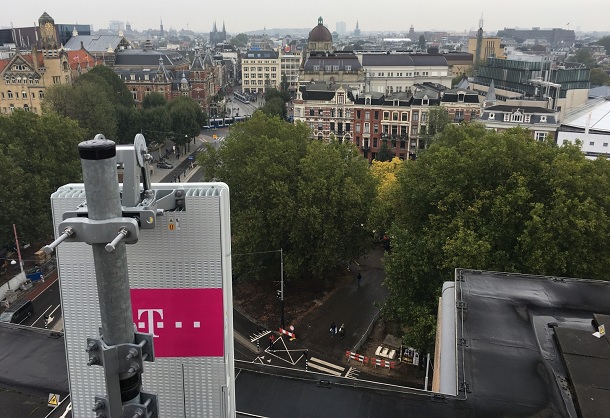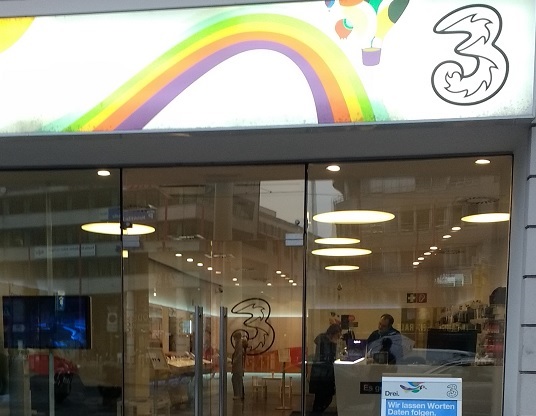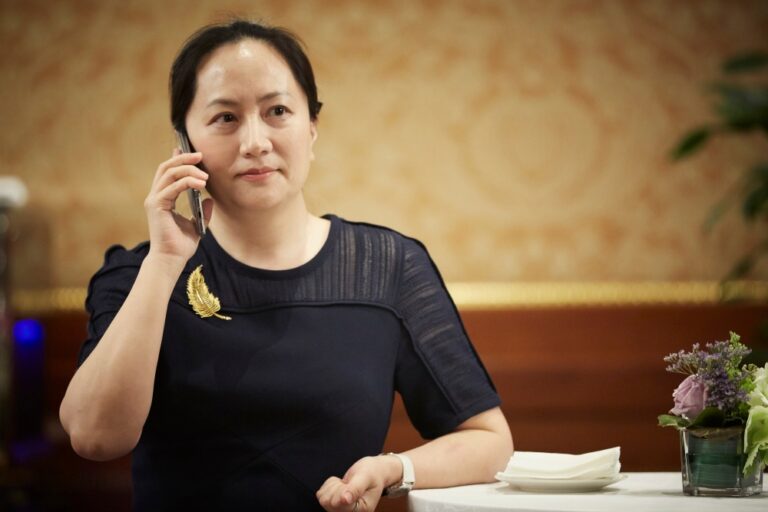What do you call a telecoms mast made of timber units? Element tree
Rome based mast maker Inwit has built Italy’s, possibly even the world’s, first wooden mobile telecommunications tower. With the help of partner Vodafone Italia it has complete the aesthetic installation on the A51 Tangenziale Est ring road in Milan, in the Municipality of Brugherio (MB).
The wooden tower, which blends in with the neighbouring Est delle Cave Park, will guarantee cellular network coverage and emergency telephone services in the area, which is bears the brunt of heavy motorway and, by extension, mobile data traffic.
The structure is built with glued laminated timber as a greener alternative to steel. Standing 40 metres high, it has four walkways from which to position the hosted operators’ antennas and radio links. Aside from the glued wooden pillars, the tower comprises totally recyclable and sustainable materials, in line with the objectives of the region’s 2021-2023 Sustainability Plan.
The wonder of lumber
This is an initiative with two objectives: the redevelopment of the park as a wildlife corridor, and achieving the best possible environmental and landscape integration of the infrastructure. The wooden structured mast replaces a steel predecessor, which is in the process of being dismantled and recovered.
“Our choice is to be responsible and sustainable,” said Inwit CEO Giovanni Ferigo. “An increasingly connected future will need more towers to support telecoms operators. So it is our duty to come up with alternative materials that reduce the environmental impact and are more harmonious with the landscape and urban surroundings. We are convinced that glued laminated timber is an excellent choice in this regard.”
In September 2021 Inwit was judged the second most environmentally conscious Italian company in Refinitive’s Diversity & Inclusion Top 100 index. It has been ranked in. the top 100 for three year’s in succession.
“This is how innovation and sustainability come together,” said Ferigo.












